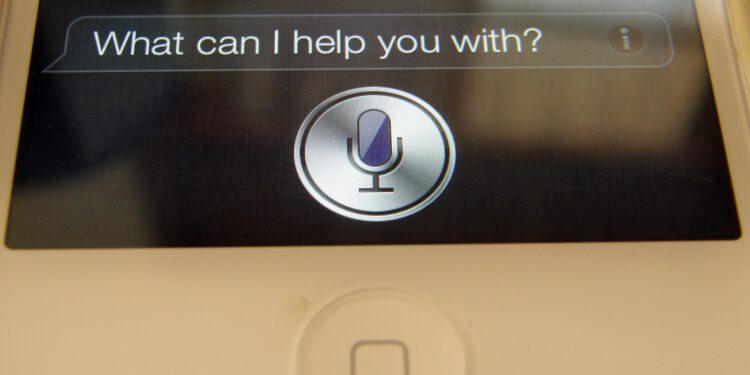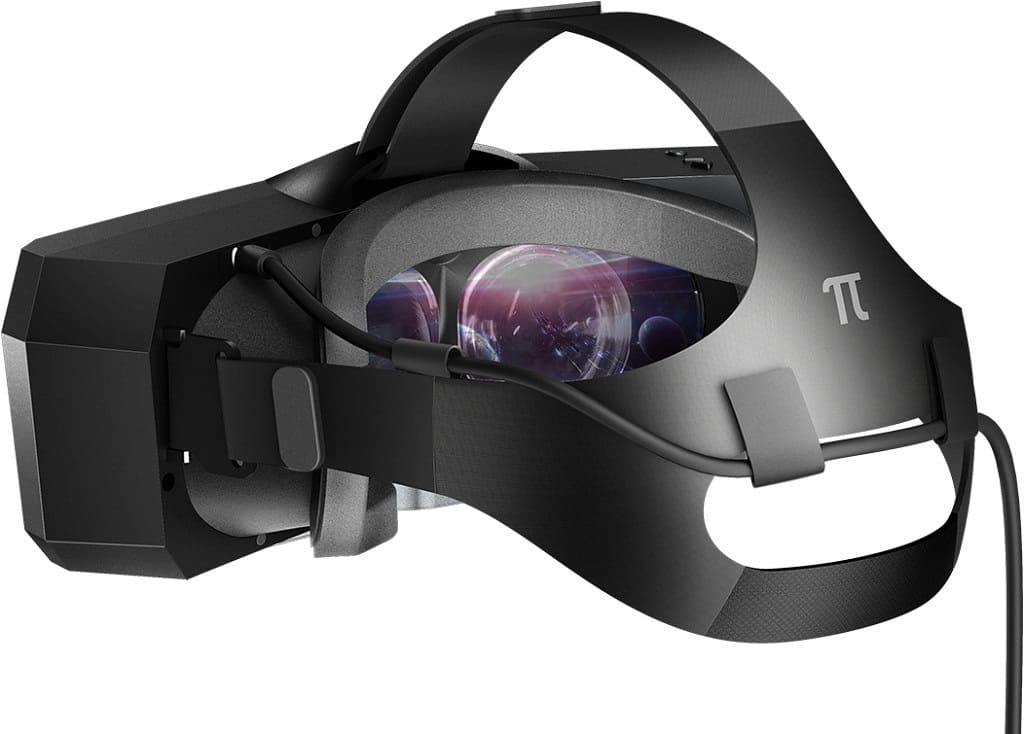Conversational interfaces can be summarized into three types depending on the level of intelligence they demonstrate.
The chatbots on the Internet, and the virtual assistants they’re on our smartphones or the new smart speakers. There are also conversational agents the ones we run into when calling customer services. And, above all, what there is is a cocoa of terms and concepts. Fr BlogThinkBig.com we’ve already talked about these conversational intelligences.
To clarify the levels of conversational interfaces that exist it is necessary look at the intelligence behind them. The CTO of IBM Watson, the supercomputer and cognitive intelligence platform, Rob High proposes to make a distinction in three technological phases.
The first of them– and more rudimentary-would be chatbots, then come conversational agents. Finally, the term chosen for the most advanced technology is virtual or personal assistant. Needless to say, they are nothing like how the concepts were used in the first paragraph.
Chatbots –perhaps the term that most closely resembles how we commonly use it– consist of software that, before a command, perform an interpretation and deliver a response. This happens with chats that appear on some web portals or messaging apps. But it’s also the same process as Alexa, Assistant or Siri, according to High.
User interaction with Alexa or either of the other two options is based on making a statement. From this, the software interprets and recognizes an intention, that is associated with a specific task.
High’s ranking places conversational agents in a later, more advanced phase of technology. This software is capable of engaging in a conversation to understand the user’s wishes. That is, if you do not understand what you want after a first interaction you can ask to deepen.
The technology of these conversational agents would be especially important in customer support or product support. And, when a user describes a problem, sometimes only explains the symptoms, not the root of the issue. Therefore, this type of software has to be able to ask until you find the key. This is the way to solve problems of some complexity.
The last phase of technology is a virtual or personal assistant, and it goes far beyond what our smartphones do today. In this case, High points out, it is intended create the feeling that the conversational interface has its own personality. Not only that, it also has to look like it’s uniquely associated with the user, like a digital butler.
For this to be possible, the software has to know the user in depth. Obviously, it must also have an artificial intelligence superior to what exists today commercially. Natural language comprehension should be optimal, and conversational responsiveness, very high.
Images: Kaptain Kobold, Norio.NAKAYAMA









